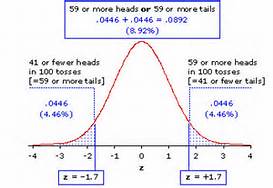8
JAN 2020EmployStats Publishes Big Data Book
Posted by Carl McClain | Big Data, Data Analytics, Statistical AnalysisBig Data permeates our society, but how will it affect U.S. courts? In civil litigation, attorneys and experts are increasingly reliant on analyzing of large volumes of electronic data, which provide information and insight into legal disputes that could not be obtained through traditional sources. There are limitless sources of Big Data: time and payroll records, medical reimbursements, stock prices, GPS histories, job openings, credit data, sales receipts, and social media posts just to name a few. Experts must navigate complex databases and often messy data to generate reliable quantitative results. Attorneys must always keep an eye on how such evidence is used at trial. Big Data analyses also present new legal and public policy challenges in areas like privacy and cybersecurity, while advances continue in artificial intelligence and algorithmic design. For these and many other topics, Employstats has a roadmap on the past, present, and future of Big Data in our legal system.









